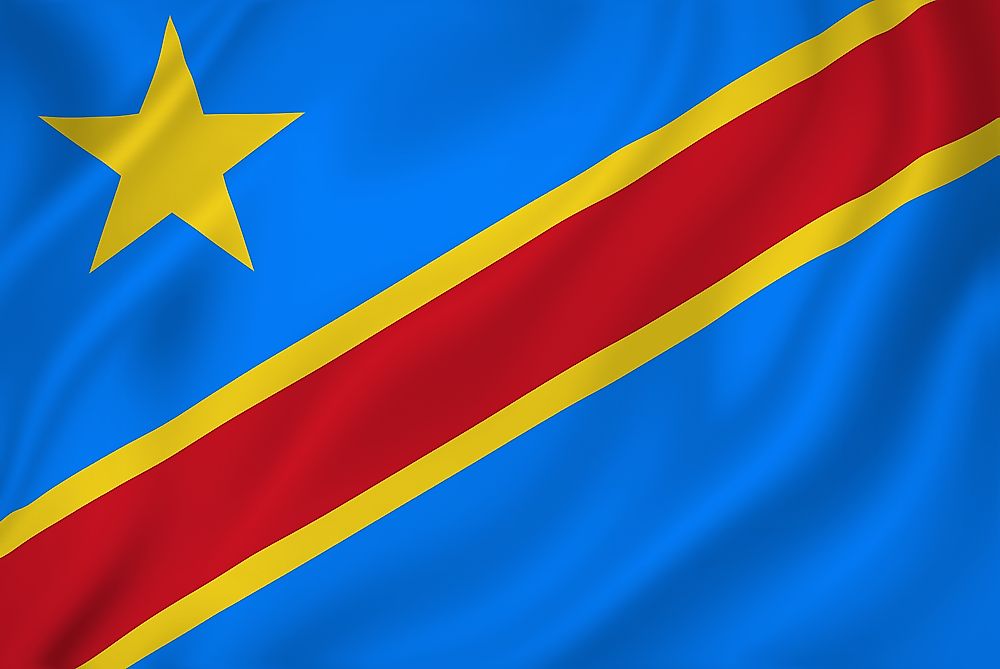What Type Of Government Does The Democratic Republic Of The Congo Have?

The Democratic Republic of the Congo is a Central African country bordering the Central African Republic, Zambia, Angola, the Republic of Congo, and the East African countries such as Uganda and Tanzania. It is the second largest country in Africa and the 11th largest in the world by total area. DRC is also the most populated francophone country and the 18th most populated in the world. Although DRC is extremely rich in natural resources, the political instability and poor infrastructure have dragged its development. The country is transitioning from civil war to a structured system of government. DRC adopted a new constitution in 2006 leading to the country becoming a stable presidential democratic republic.
Politics Of The DRC
The politics of the DRC take place in the context of a republic transitioning from civil war to a semi-presidential republic. A successful referendum conducted in December 2005 set the stage for a peaceful election in 2006. The new constitution that was supported by 84% of the voters aimed to decentralize the authority, divide the country into provinces drawn along cultural and ethnic lines. The 2006 election was the first democratic election held in DRC in four decades with the incumbent President Joseph Kabila winning in a run-off between him and Bemba. The government of the DRC is on three levels; the executive, judiciary, and legislature.
The Executive Branch Of The Government Of The DRC
The Government of the DRC is made up of the executive, judiciary, and the legislative arms. The government is the second institution in the central executive branch with the first institution being the president. Under the new constitution adopted in 2006, DRC is a strongly decentralized and a semi-presidential state. The government comprises of the cabinet ministers and their deputies and occasionally the state ministers. The cabinet is headed by the prime minister who is appointed by the president from the party with the majority of seats in parliament. The government ministers are also president’s appointees but in consultation with the prime minister. The executive is in charge of the country’s main administration and is accountable to parliament. Any member of the executive or the entire executive can be censored by the National Assembly through a vote of no confidence. The entire government is forced to step down if the prime minister is censored.
The Legislative Branch Of The Government Of The DRC
The DRC has a bicameral parliament made up of the lower and upper houses known as National Assembly and Senate respectively. The National Assembly is the more powerful of the two houses. The members of the lower house are elected by direct suffrage to a five-year term and comprise of 500 seats of which 61 are from single member constituencies. The other members are elected in multi-member constituencies. The Senate comprises of members elected by the legislators of the 26 provinces of DRC.
The Judicial Branch Of The Government Of DRC
After the 2006 election, the DRC engaged in a wide range of judicial reforms to ensure that the judiciary was independent of the other arms of government. Although the constitution guarantees the independence of the judiciary, there is still substantial interference from the executive and the legislative branch. The Judicial branch comprises of the Supreme Court, Court of Cessation, and the Constitutional Court. The president in consultation with the Judicial Service Commission is responsible for the appointment of judges.











